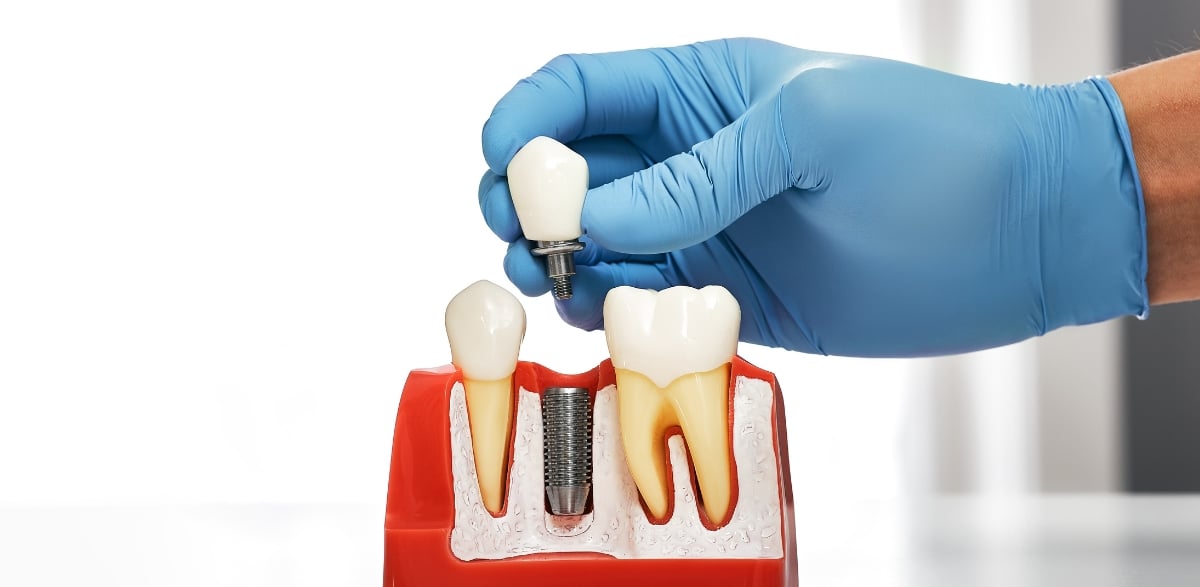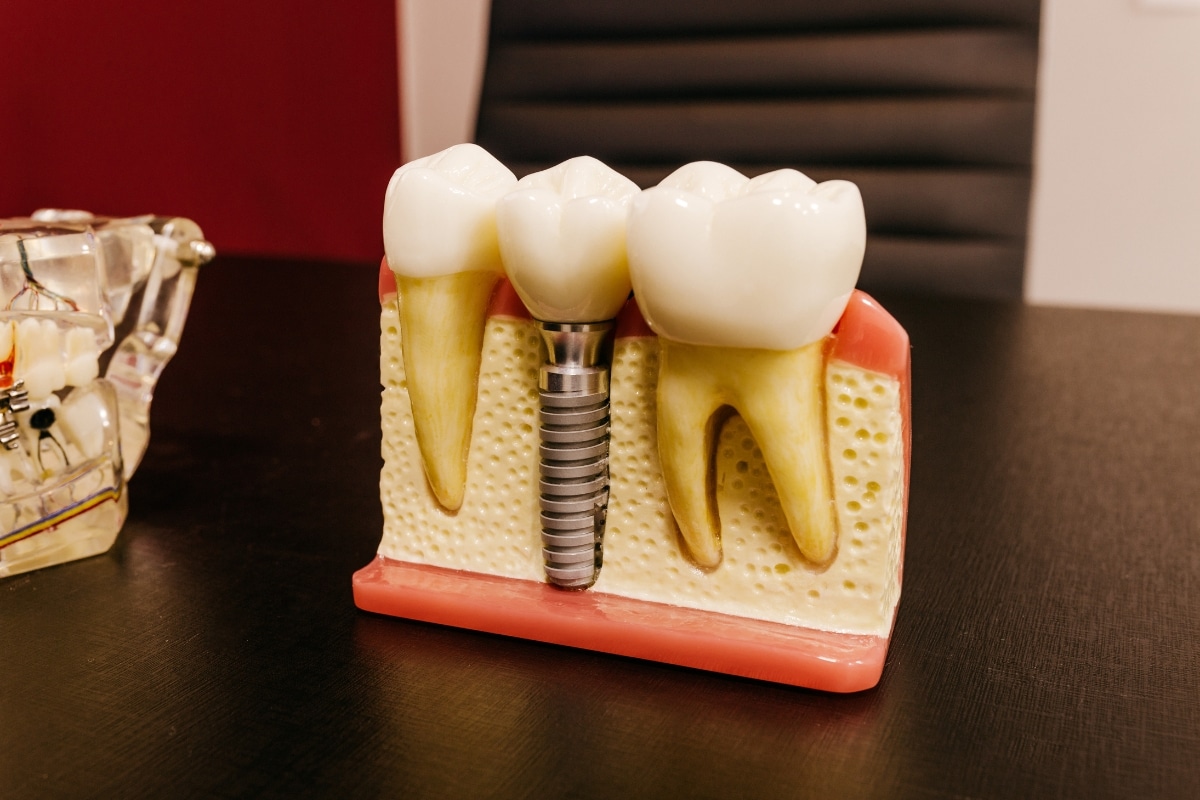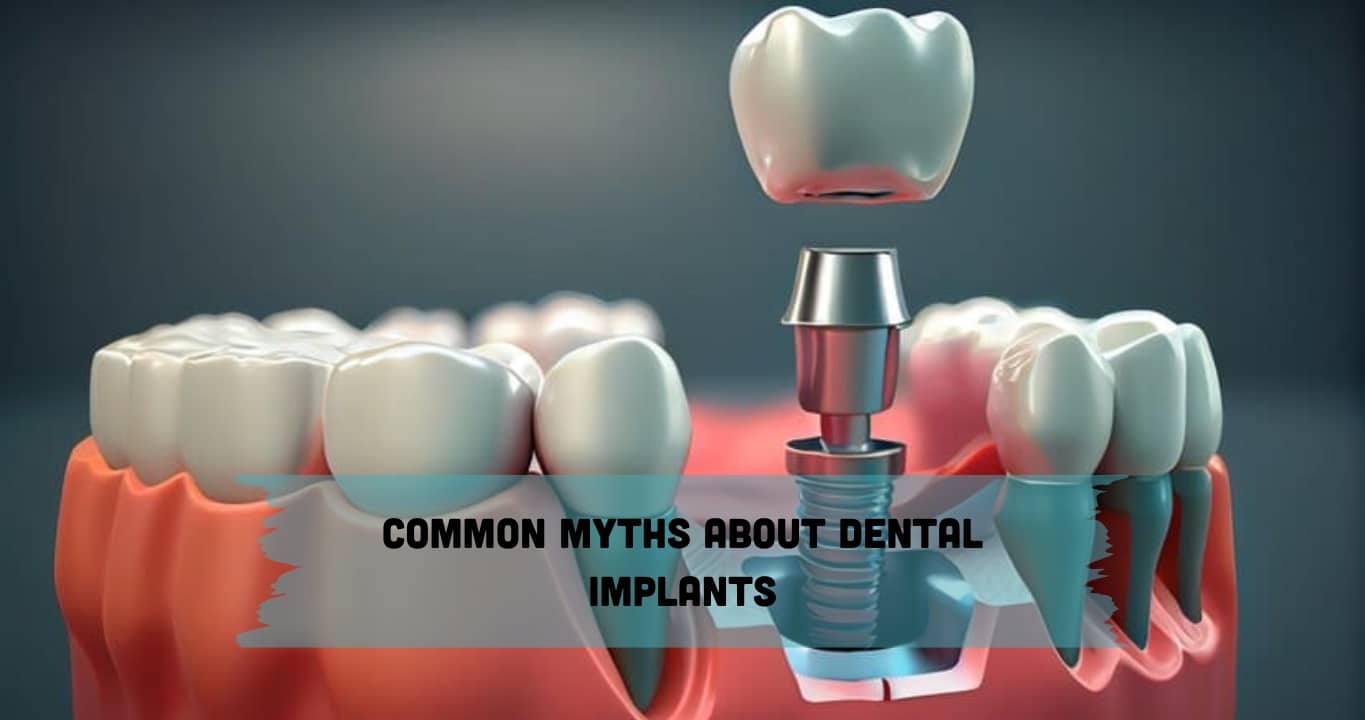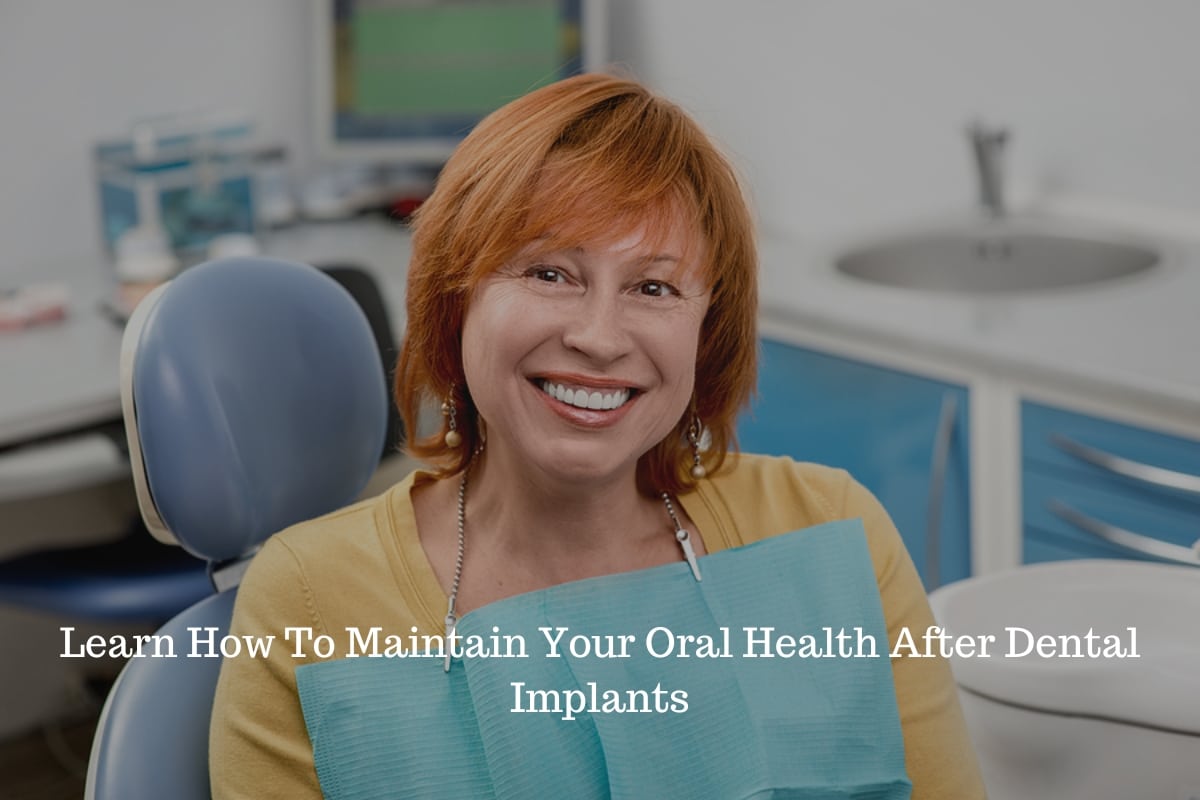
Mini dental implants are gaining popularity among both dentists and patients. As their name suggests, these implants are approximately half the size of standard implants. Mini dental implants are smaller in size, which makes the surgical procedure faster and easier compared to traditional implants. Additionally, mini implants can be used in cases where traditional implants may not be suitable, such as patients with weak jaw bones.
However, do they serve as a practical substitute for traditional dental implants? Do they truly have the capability to deliver identical outcomes? We aim to provide you with a better understanding of this treatment and help you determine if it is suitable for your needs.
The Difference Between Mini Dental Implants And Traditional Dental Implants
- Mini dental implants are smaller in diameter than traditional implants.
- While traditional implants typically range from 3.4 to 5.8 mm, mini implants are narrower, usually measuring around 1.8 to 3.3 mm. This size difference impacts their structural design and the surgical procedure involved.
- Traditional dental implants are commonly used to replace a single tooth, support dental bridges, or anchor complete dentures.
- On the other hand, mini dental implants are often employed in situations where space is limited or for stabilizing lower dentures. They serve a similar purpose but are specifically designed for specific cases.
- The placement procedure for traditional dental implants is more invasive. It may require a two-stage process, including the initial implant placement and a later stage for attaching the artificial tooth or crown.
- Mini dental implants, being smaller, often involve a less complex, one-stage surgery, which can contribute to reduced discomfort and quicker recovery.
- Traditional dental implants necessitate a certain level of bone density for secure anchorage.
- In contrast, mini dental implants can often be successful in cases where there is lower bone density, making them a viable option for individuals who may not be suitable candidates for traditional implants.
- The healing time for mini dental implants is typically shorter compared to traditional implants. This is due to their smaller size and less invasive placement procedure. Patients with mini dental implants may experience quicker recovery and a faster transition to using their new prosthetic teeth.
- While both types of implants provide stability, traditional implants are often considered more durable and reliable for long-term use. They are designed to withstand higher biting forces and may be preferable for individuals seeking a more permanent solution for tooth replacement.
Choosing The Right Implant For You
When considering dental implants, whether traditional or mini, it’s essential to make an informed decision based on your unique needs, preferences, and circumstances. Here are key factors to consider as you choose the right implant for you:
Dental Needs:
- Evaluate the specific dental issues you’re facing, such as single-tooth replacements, multiple teeth replacements, or full arch replacements.
- Consider the severity of your case and whether it requires the versatility of traditional implants or the more targeted application of mini implants.
Bone Density:
- Assess the bone density in your jaw. Traditional implants may require higher bone density due to their larger size, whereas mini implants are designed for situations with limited bone density.
Budget Considerations:
- Understand the financial aspects associated with each type of implant.
- Traditional implants often come with a higher initial cost but may be viewed as a long-term investment. Compare this against the generally more cost-effective nature of mini implants.
Treatment Duration:
- Consider your preference regarding the duration of the treatment. Traditional implants may have a longer treatment timeline due to their multi-stage placement procedure, while mini implants often involve a quicker, single-appointment process.
Lifestyle and Convenience:
- Reflect on your lifestyle and daily routines. If you value a more convenient and less invasive procedure, the quicker placement of mini implants might be preferable.
- Consider how each type of implant aligns with your daily activities, oral hygiene practices, and dietary habits.
Long-Term Goals:
- Clarify your long-term dental goals. If you’re seeking a permanent and robust solution with the potential for a lifetime of use, traditional implants may be more suitable.
- If your needs are more immediate or your circumstances may change in the future, the cost-effective and versatile nature of mini implants could be advantageous.
Schedule a consultation with a qualified implant dentist and visit your nearest dental office to discuss your specific case. Seek professional advice on which implant type aligns best with your oral health, lifestyle, and long-term goals. Depending on the present state of bone density, your dentist may recommend one option over the other. Mini dental implants may be considered as an alternative when traditional implants are not suitable. If both options are feasible for the long term, the patient’s preference will likely be the determining factor.




